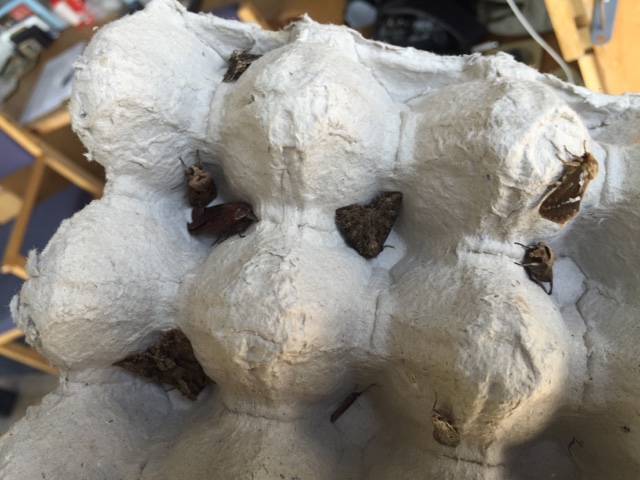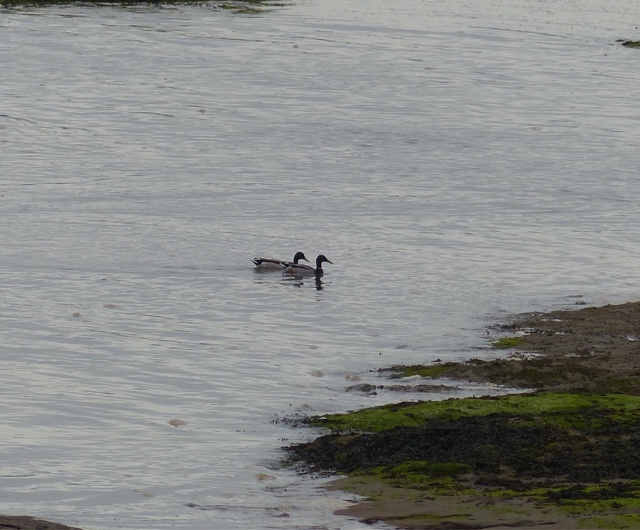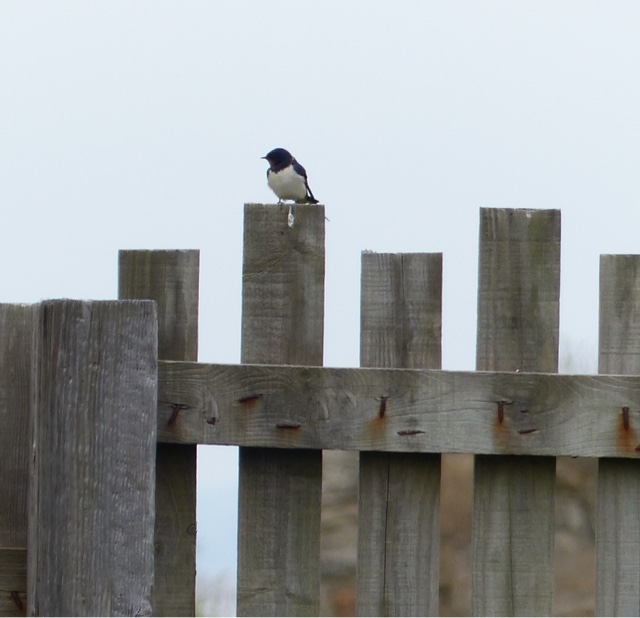Weather: SE 0-1, 1/8 cloud, hot, sunny and hazy
Very little in the way of bird news today apart from a mixed flock of Canada and Greylag Geese in the morning, the breeding birds and a few waders, the day was definitely more about the insect life of the islands.
The Painted Lady influx has reached us after a single last night there were 39 counted on the main island today (see above) and good numbers of Diamond-back moths (500+) some of which were found in the overnight moth trap (70+).
Even before the trap was opened several species were noted nearby including this Green Carpet.
Other species seen around the islands included Silver Y and Brimstone.
The moth trap contained more than 20 different species including 21 Marbled Coronet (see above) and 3 Netted Pugs (see header photo by BSB) both Hilbre specialities.
With the temperature remaining high tonight and some cloud cover we are hopeful of another good overnight moth catch.
Adding to the insect theme an ichneumonid was found in the moth trap (see below) and considered to be Netelia infractor, a parasitoid of a variety of caterpillars on trees and bushes.






























